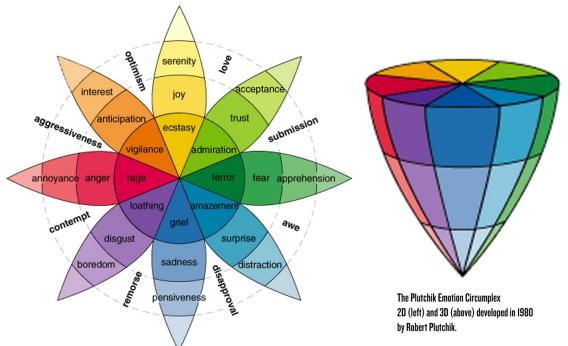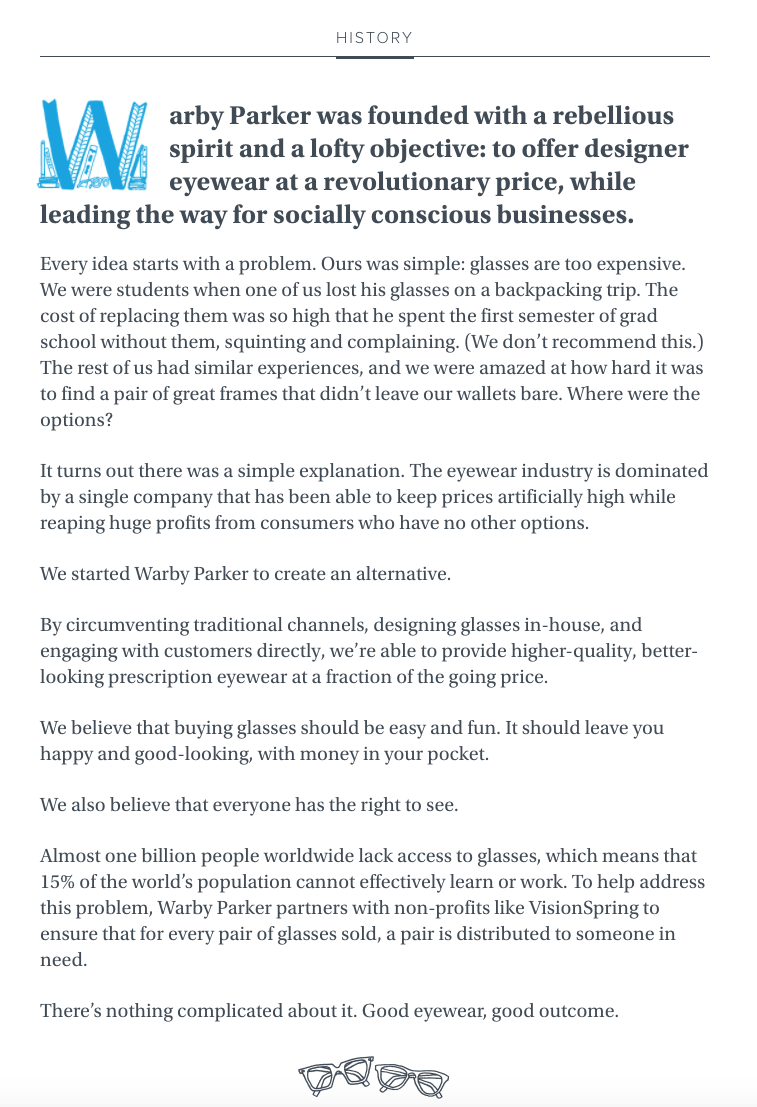How to Use Storytelling in Marketing Part 2: Emotion
Welcome to part 2 of our storytelling in marketing series! In part 1, you learned the basics of what marketing storytelling is all about. In part 2, we’ll deep dive into the place that emotion has in marketing and some of the science behind why it works.

Just like in real life, we need both ends of the spectrum for emotional storytelling to work. What is joy without sorrow, or happiness without sadness? The goal of good emotion in storytelling is to create tension that entices the reader further into your story. According to new research from Jacopo Staiano of Sorbonne University and Marco Guerini of Trento Rise,
“…individual emotions are important to evoke feelings, but may not cause virality. Instead, these emotions must be a good combination of emotions that fall within the Valence, Arousal, Dominance (VAD) model. The characteristics are:
- Valence: Positivity (like happiness) or negativity (like fear) of an emotion.
- Arousal: Excitement (like anger) to relaxation (like sadness).
- Dominance: Submission (like fear) to in control (like admiration).”
Utilizing a combination of these tension-creating emotions works to pull your audience along with your story from their gut, so to speak. Eliciting opposite emotions in your readers ultimately invests them in the story, and can create a drive to share your content with others.
While keeping the above firmly in mind, you also need to make sure that the emotions you want to invoke are appropriate to your content and to your audience. Strong emotion can backfire if it isn’t used appropriately. Be extra cautious with fear, anger, and indignation, as these emotions can leave a bad taste in a reader’s mouth if not balanced by their more positive counterpart. As always, read the room and know your audience. Some audiences will respond to strong emotion better than others!

Some of the best brand-driven storytelling in the last few years has come from companies like Warby Parker eyewear and Toms shoes. Creating an emotional storyline about using their retail business to drive charity or change resonates well with their target audience, millennials, and sticks with customers long after their initial purchase. Making people feel good about something they already do (like buying shoes or eyewear) ensures they’ll remember your brand and story each time they need to make a purchase. And after all, isn’t that the ultimate goal of every campaign for every brand?
If you want to dig deeper into the science of using emotion to create viral content, we suggest this excellent article from Almighty Press on Medium.




